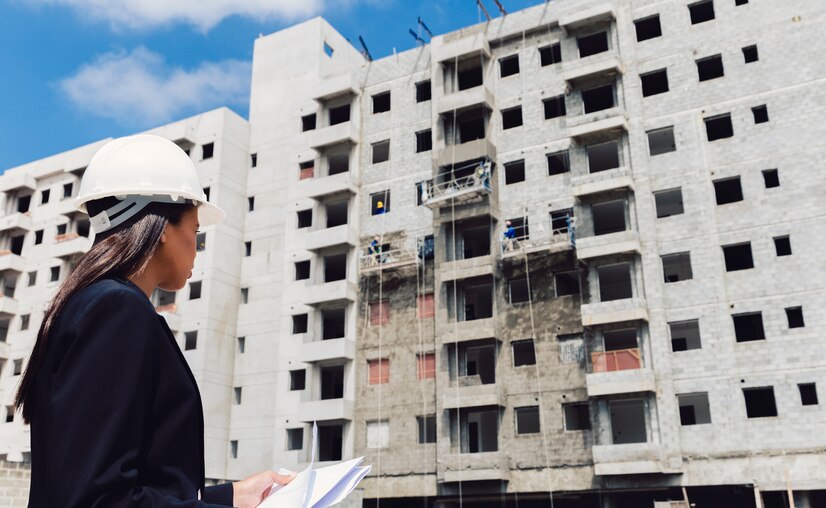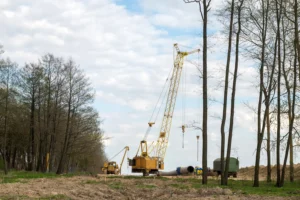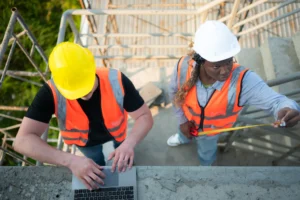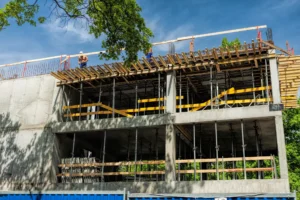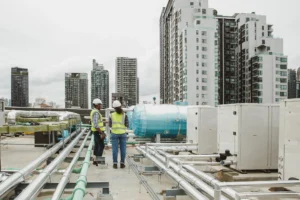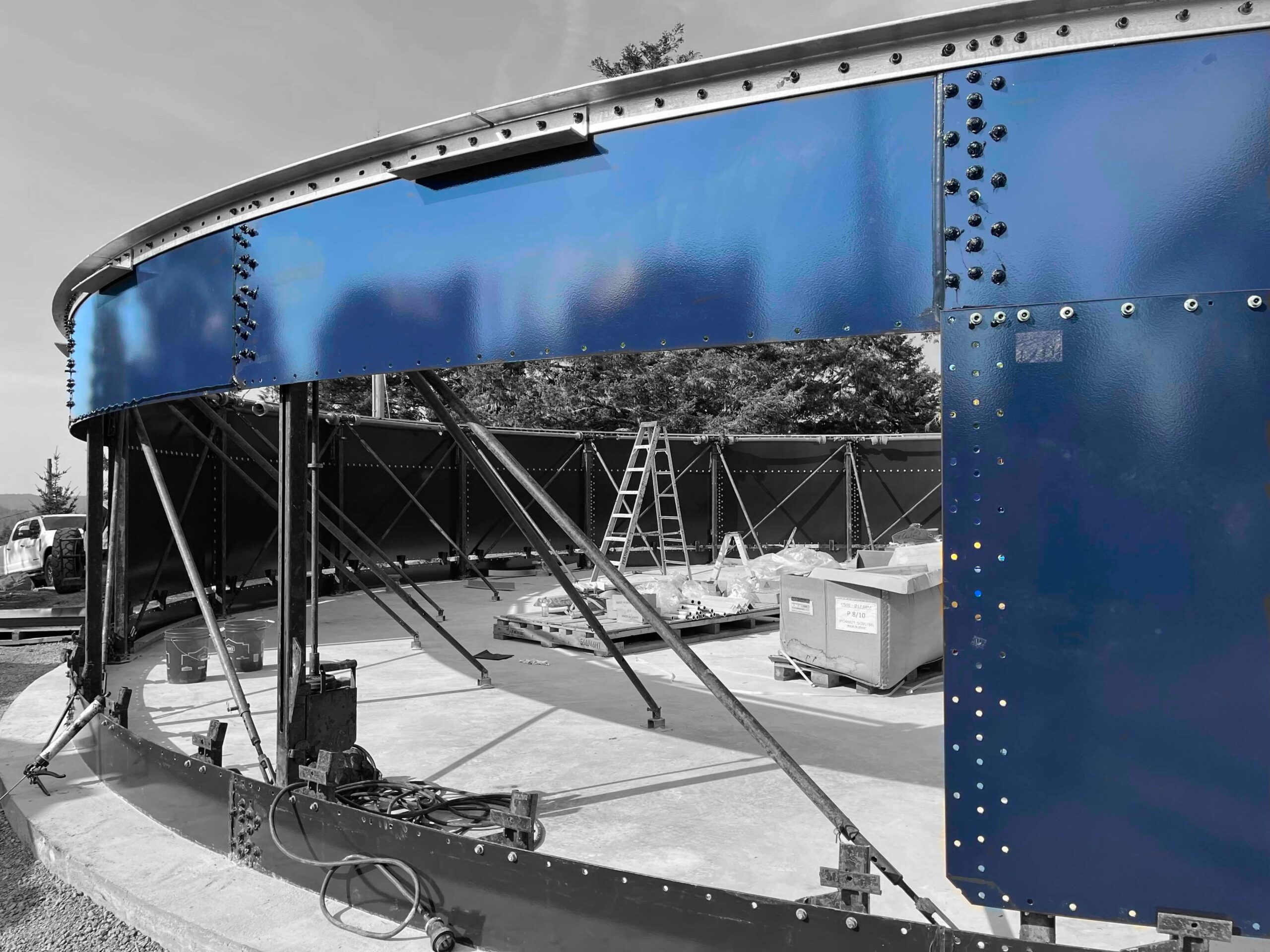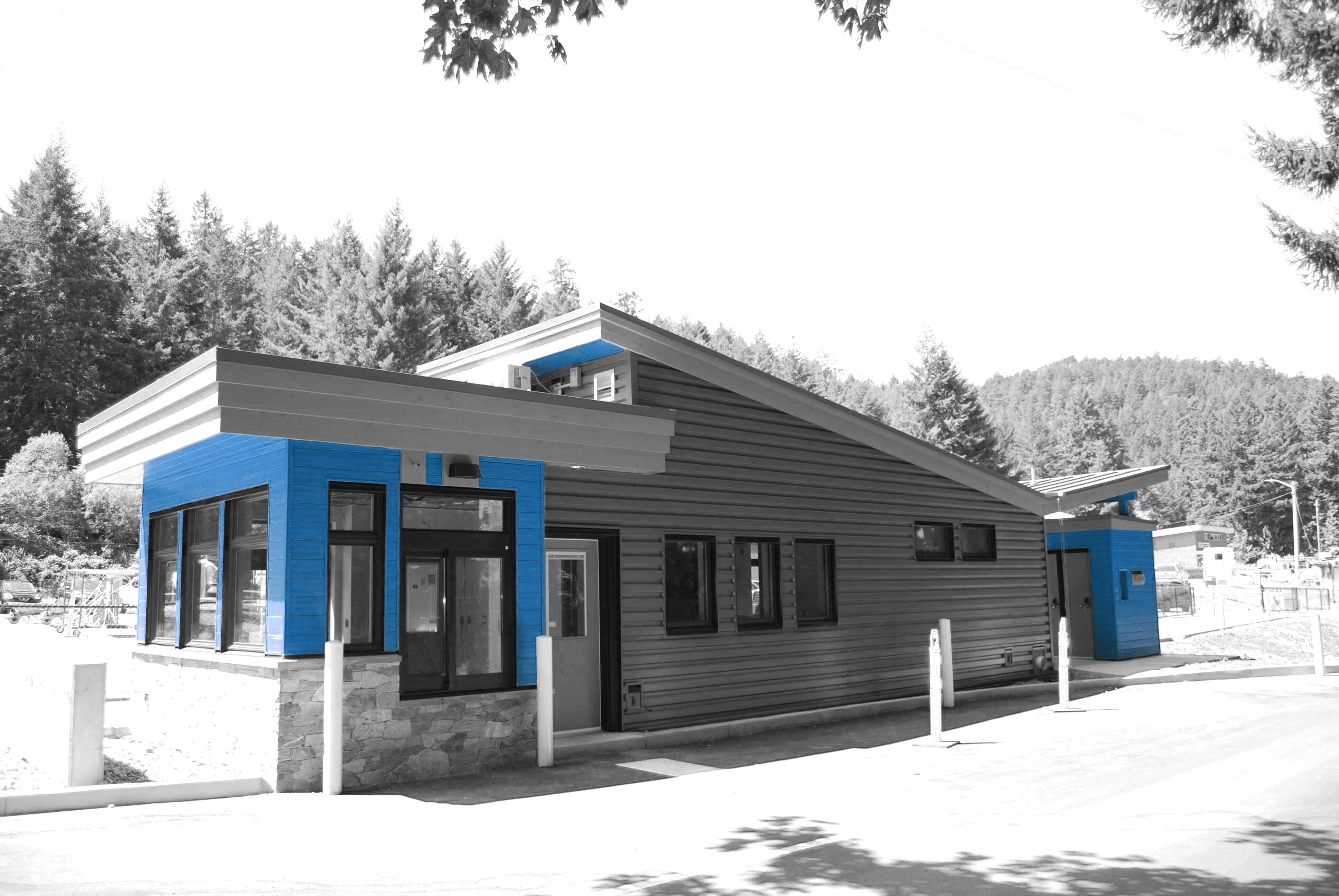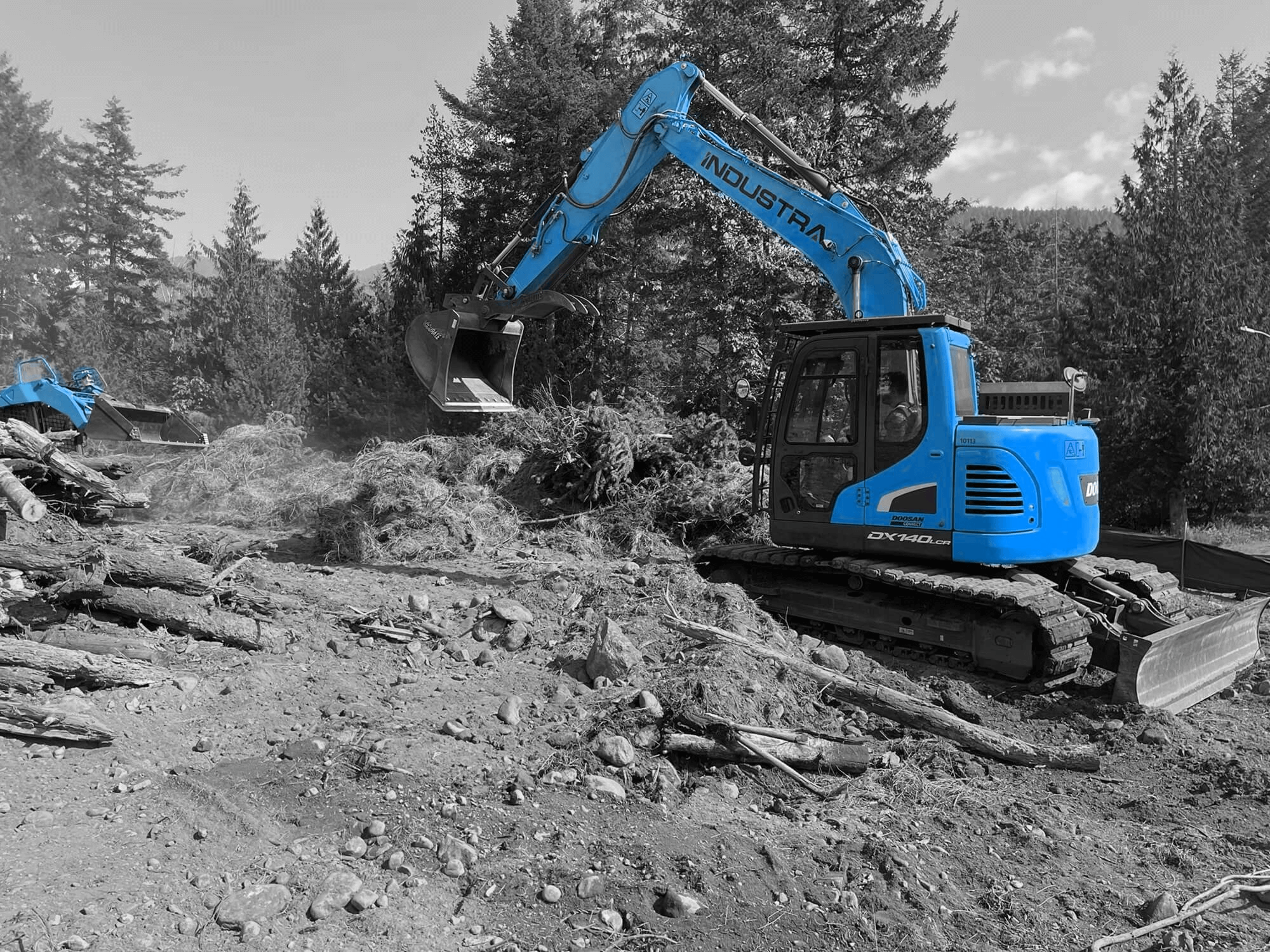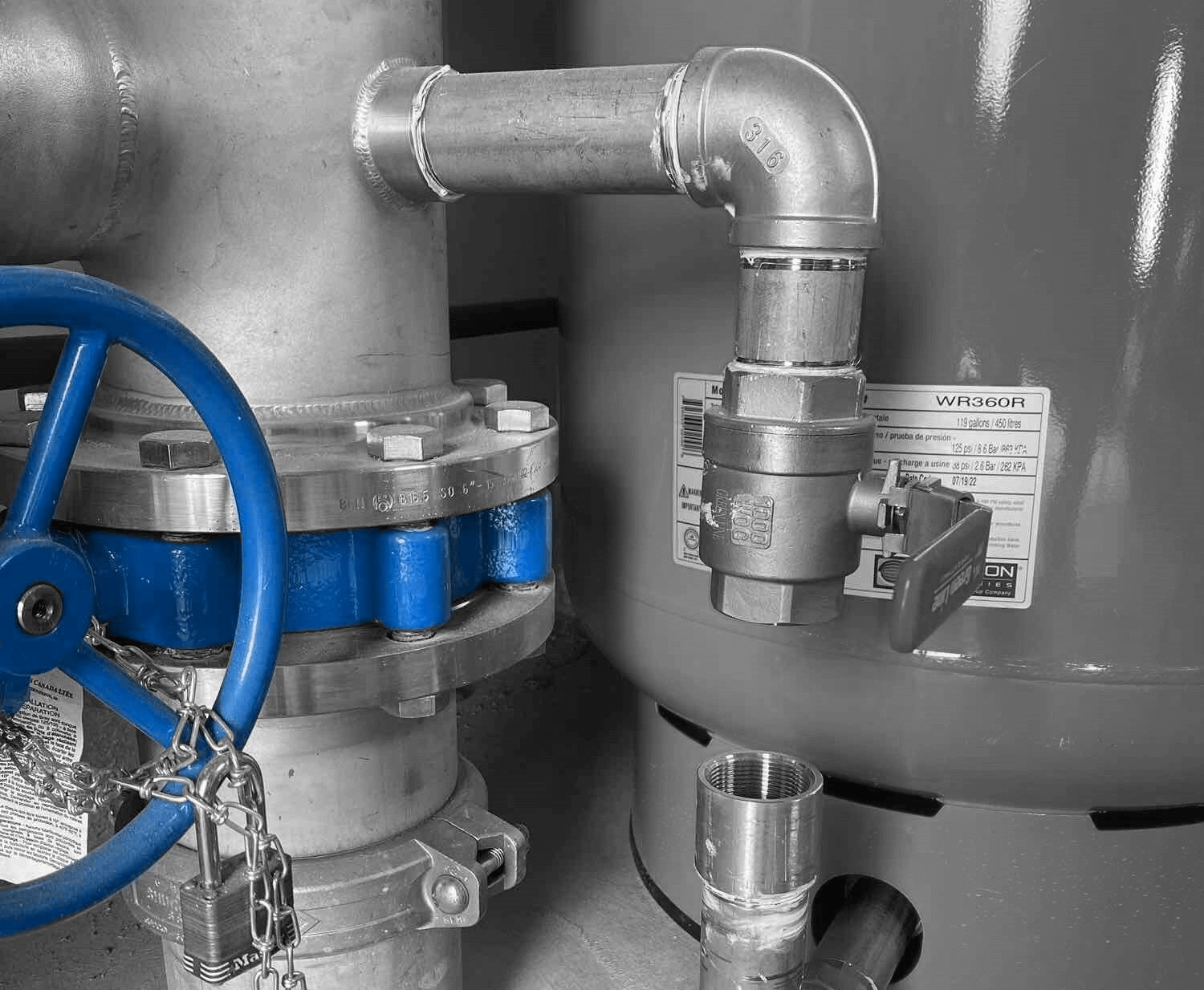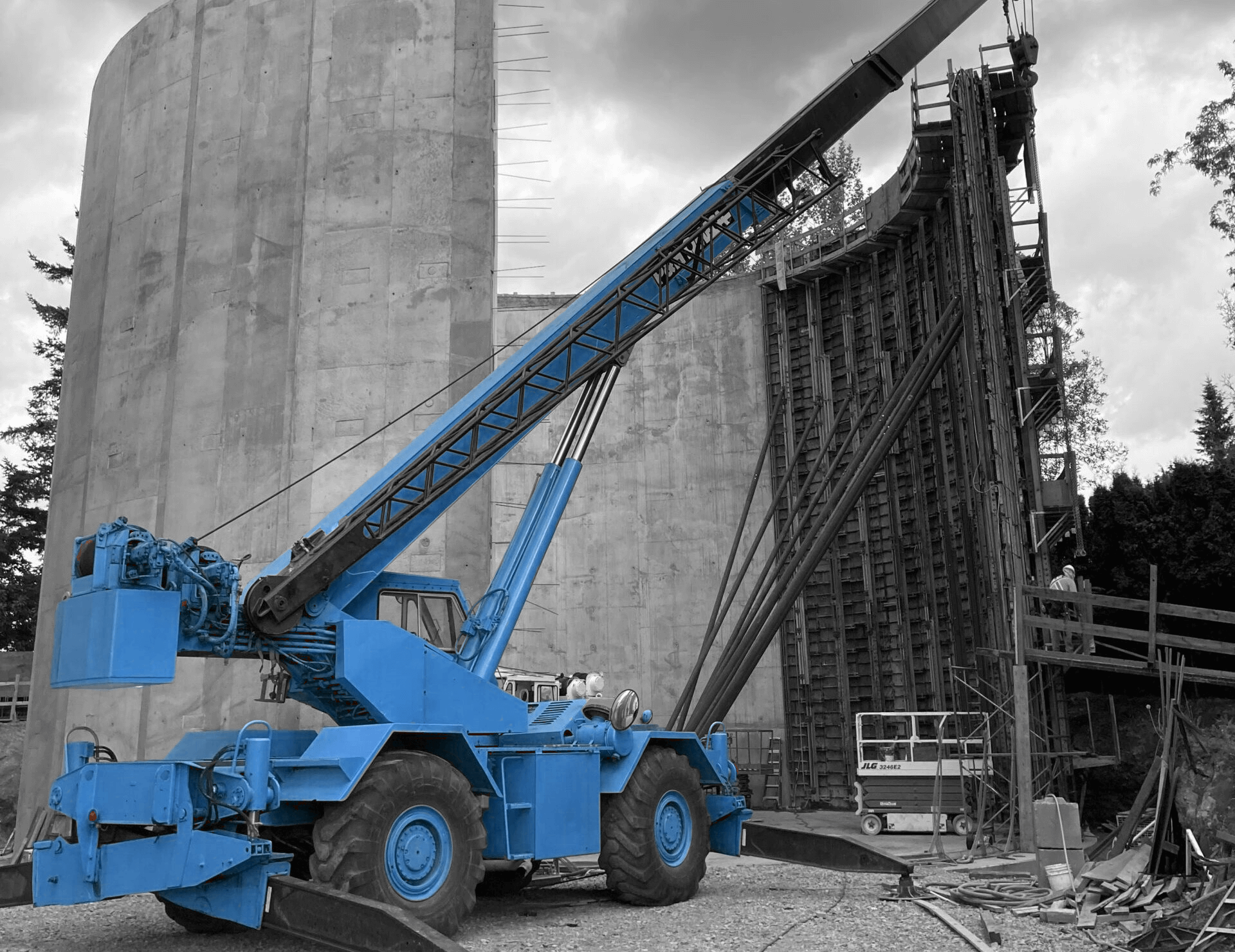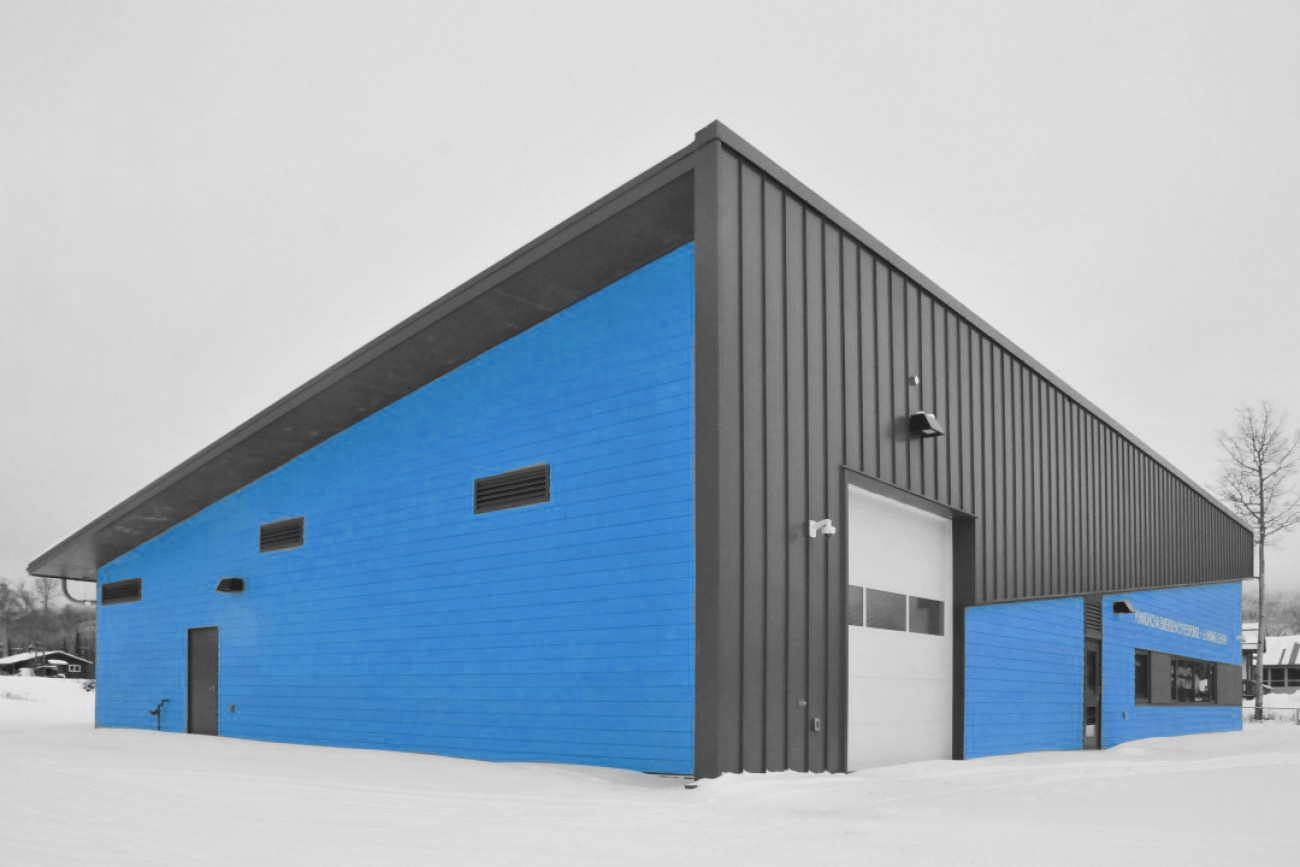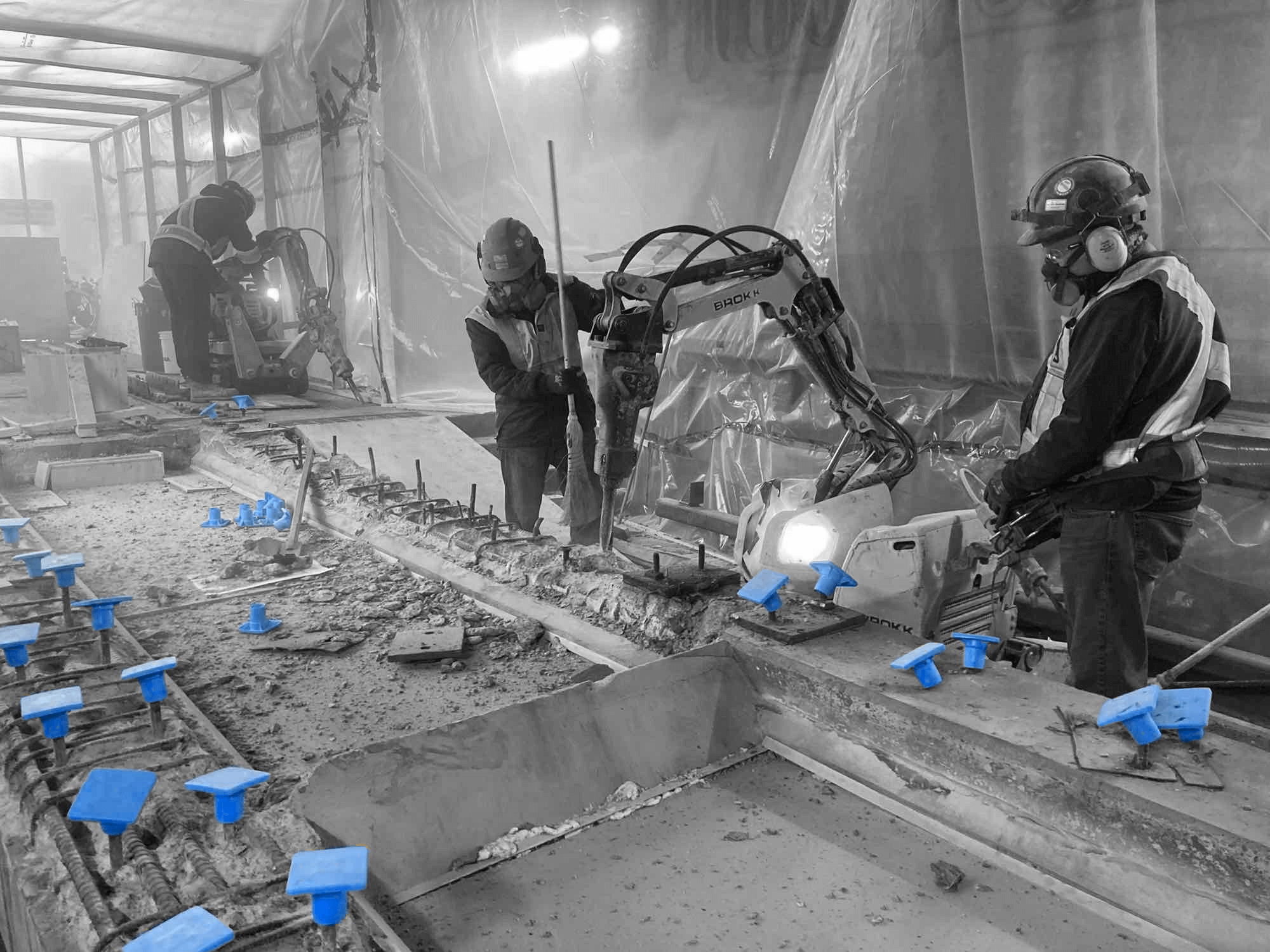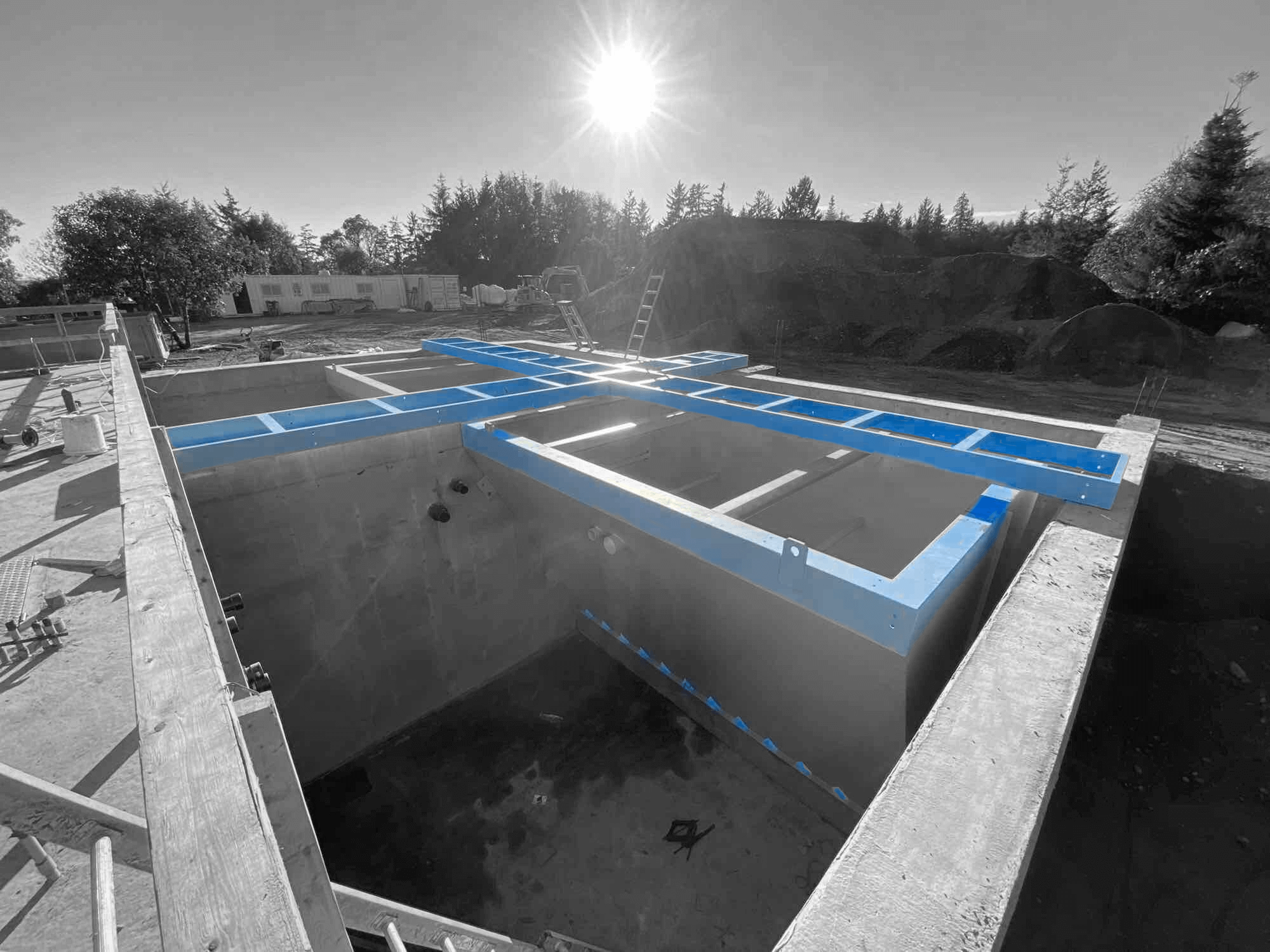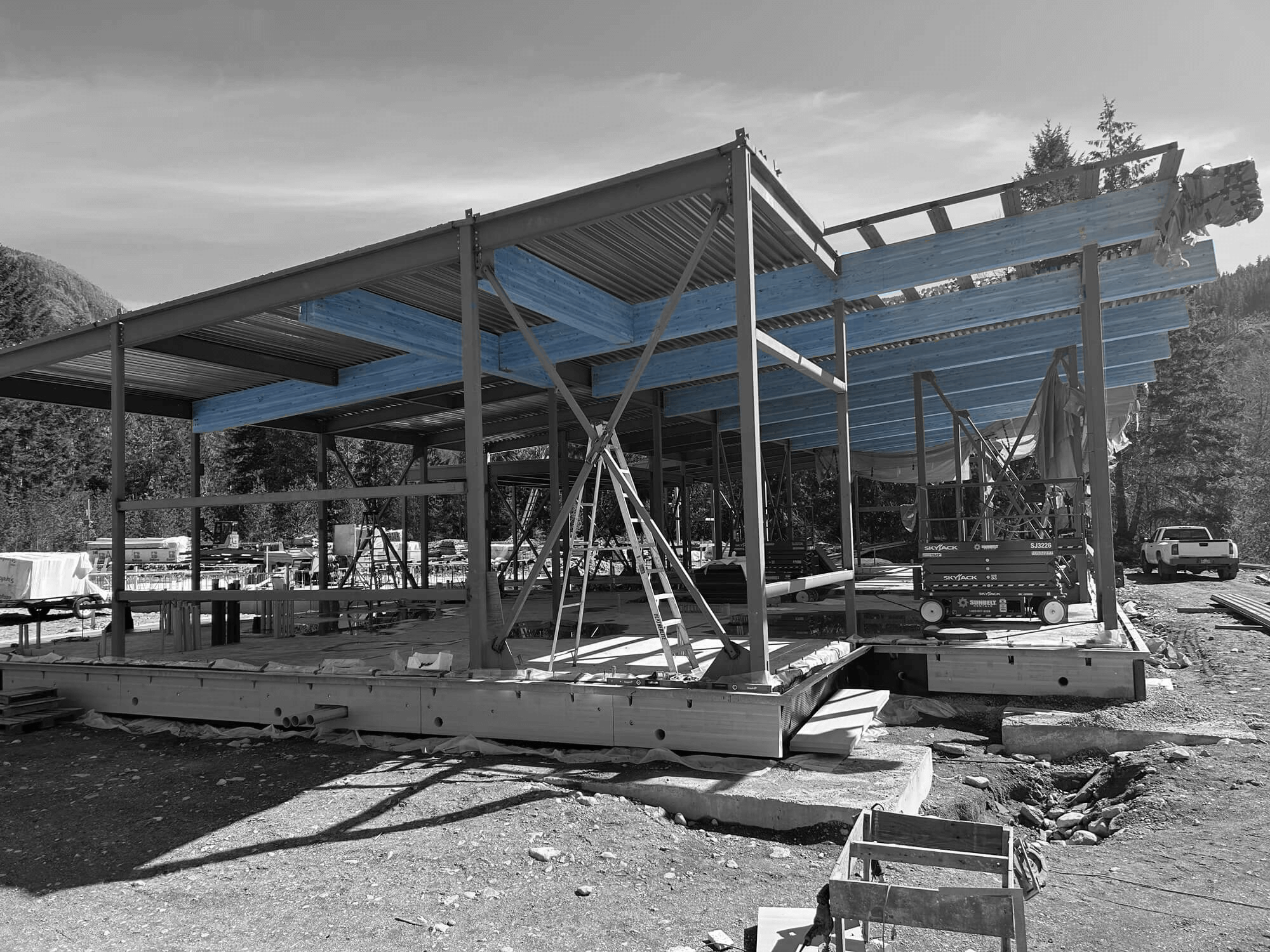Creating safe environments in schools is crucial for the well-being of students and staff. When constructing educational facilities, safety should be a top priority to ensure that everyone within these spaces feels secure. A safe school environment not only provides peace of mind but also fosters a conducive atmosphere for learning and development.
General contracting plays a vital role in maintaining and upholding safety standards during the construction of schools. By overseeing the entire building process, general contractors ensure that every safety measure is considered and implemented. They coordinate with experts to incorporate essential safety features, making sure the facility is well-prepared to handle emergencies.
As we continue to place importance on safer schools, the role of effective general contracting becomes increasingly significant. By focusing on safety, schools can promise an environment where students and educators thrive without concerns, setting the stage for happier, healthier communities.
Importance of Safety in School Construction
Safety is paramount when constructing schools because these spaces are dedicated to nurturing and educating young minds. Schools are places where children spend a significant portion of their time, and ensuring their safety is crucial for their development and well-being. A safe environment lets students focus on learning without worrying about potential hazards.
General contracting plays a key role in upholding safety standards during the construction process. Contractors take charge of overseeing the entire project, from planning to execution. They ensure that every safety measure adheres to local and federal regulations. This includes coordinating with architects and engineers to design a structure that preempts safety issues. By maintaining high safety standards, contractors help prevent accidents and ensure a secure learning environment.
Safe school environments benefit both students and staff in multiple ways. Students feel more secure and confident, which boosts their learning experience and engagement. Teachers and staff members can carry out their duties effectively, knowing that their workplace supports safety. Overall, prioritizing safety in school construction sets the stage for a positive and productive educational atmosphere.
Key Safety Features in Modern School Design
Modern school design incorporates essential safety features to protect students, staff, and visitors. These features address a range of potential threats to create a secure environment. One critical feature is the use of fire-resistant materials, which significantly reduce the risk of fires and enhance building integrity during emergencies. Securing entry systems controls access to school premises, preventing unauthorized entry and protecting those inside.
Proper lighting and ventilation also play essential roles. Adequate lighting ensures that all areas are visible, reducing the likelihood of accidents or unwanted incidents. Good ventilation contributes to healthier environments by maintaining air quality and regulating temperatures, fostering an atmosphere conducive to learning.
Emergency preparedness is a vital aspect of school safety. Design elements such as safe rooms provide refuge in the event of a threat, while clearly marked evacuation routes ensure swift and orderly evacuations during emergencies. Schools equipped with these features can respond more effectively to unforeseen situations, enhancing the overall safety of their communities.
By integrating these key safety features, modern school designs demonstrate a commitment to protecting the individuals who use these spaces. This approach not only meets regulatory requirements but also instills confidence in students, educators, and parents.
The Role of Technology in Enhancing Safety
Technology plays a transformative role in enhancing school safety. Smart systems, like automated surveillance cameras and access control, significantly boost the security of school facilities. These technologies allow real-time monitoring of school premises, alerting security personnel to potential threats and unauthorized access, thus increasing responsiveness to any incidents.
Building Information Modelling (BIM) is another technological advancement that serves as a powerful tool in planning safe school structures. BIM provides detailed, digital representations of buildings, allowing architects and engineers to simulate various scenarios and identify safety issues before construction begins. This proactive approach saves time and resources by avoiding costly changes later in the building process.
Automated systems for monitoring and controlling building access offer additional benefits. Keycard entry systems ensure that only authorized personnel can enter sensitive areas, enhancing overall security. These technologies also allow schools to track who enters and exits the building, providing valuable data for assessing safety measures. By integrating these technological solutions, schools can create environments that are not just safer but smarter.
Best Practices for Safety-Focused General Contracting
Safety-focused general contracting involves several best practices to ensure the successful delivery of safe school projects. A crucial first step is thorough planning and preparation, which includes conducting detailed risk assessments to identify potential hazards early in the project. This phase ensures that safety considerations are integrated from the outset.
Selecting experienced contractors is essential for constructing safe schools. Skilled contractors are familiar with relevant safety codes and regulations, ensuring compliance and reducing liability. They bring expertise that helps the project team to anticipate and solve safety challenges efficiently.
Regular inspections and quality control measures are key components of maintaining safety throughout the construction phase. Conducting frequent inspections helps catch and resolve safety concerns before they escalate into larger problems. Quality control protocols ensure that all materials and installations meet safety standards, guaranteeing a secure facility upon completion.
Implementing these best practices ensures that general contracting not only meets safety standards but exceeds them, creating a safe and welcoming environment for the school community.
Conclusion
Building safer schools is a vital responsibility that involves a combination of effective general construction practices, modern safety features, and the latest technology. By prioritizing safety in school construction, we protect and nurture the most valuable resource—our children. Schools built with safety in mind provide environments where students can learn and thrive without fear, teachers can teach confidently, and parents can rest assured their children are protected.
Partnering with skilled contractors who understand the importance of safety in school construction ensures the highest standards are met. At Industra Construction Corp., we’re committed to building safe, sustainable, and innovative educational facilities. Contact us today to find out how we can help build a safer future for your community’s schools.


